The Archipelago Collection by Designtex
As I’m always eager to extract every ounce of meaning from the given name of a product—especially if it’s evocative in the least—the new Archipelago fabric by Designtex sent me off to my virtual glossary, where I found that the term references “an expanse of water with many scattered islands,” but also any “group or scattering of similar things.”
Pebbles. From the Archipelago Line of Sta-Kleen Fabrics. Manufactured by Designtex.
The Revolutionary Archipelago Fabric by Designtex is Stain Proof and PVC-Free
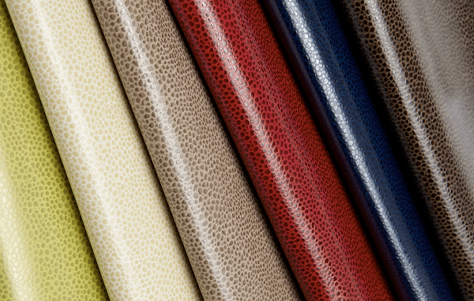
The latter is the meaning we’re most concerned with here, because the Archipelago Collection offers 10 new variations on a successful theme: “a diversified grouping of patterns added to our Sta-Kleen fabric.” This attractive, durable, stain-busting product features a protective coating that dramatically increases the lifespan of upholstery.
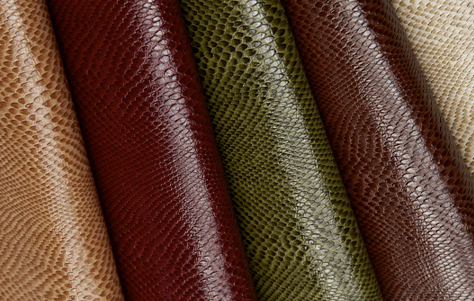
Sta-Kleen thus renders furniture and other upholstered items nearly immune to the daily onslaughts of wine, chocolate, ink, and blood. Okay, so maybe those aren’t daily onslaughts, but you’ll certainly be grateful to have Sta-Kleen upholstery the next time Grandma or Uncle Bob capsizes their glass of Cabernet.
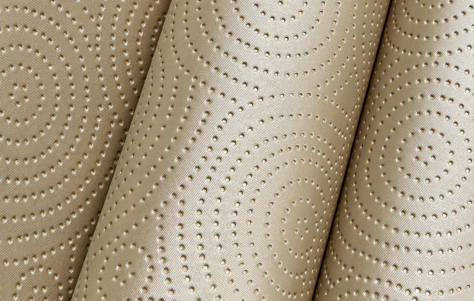
But back to Archipelago. The new aesthetic contribution to the Sta-Kleen line features such evocatively-named styles as “Snake,” a collection of brilliant and earthy tones of greens and rusts with a distinctive reptilian texture; “Pebbles,” featuring the signature profile of tiny rocks worn smooth by water; and “Tide Pools,” offering an intriguing geometrical rendering of the swirling eddies caused by the ocean’s ebb and flow.
About the Manufacturer: a Steelcase company founded back in 1961, Designtex aspires to pursue “innovation and sustainability in order to continually provide our clients with surfaces that enhance environments.” The company is known for its durable and stain-resistant upholstery, wallcovering, and panel fabrics, but they’re also garnering acclaim for their comprehensive sustainability initiative. Designtex strives to reduce energy consumption by using renewable alternatives: converting their headquarters’ lighting to LEDs, purchasing energy efficient equipment, and transitioning meetings and presentations to the virtual world.
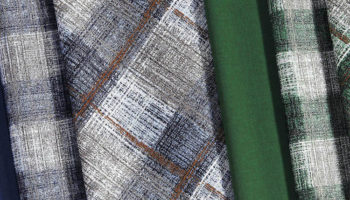
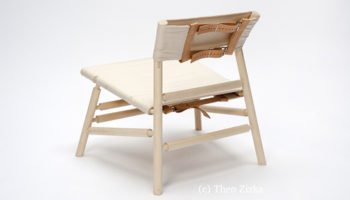
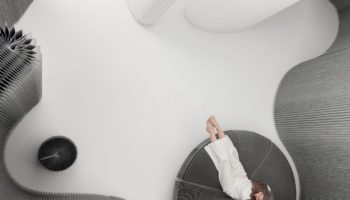

Leave a Reply